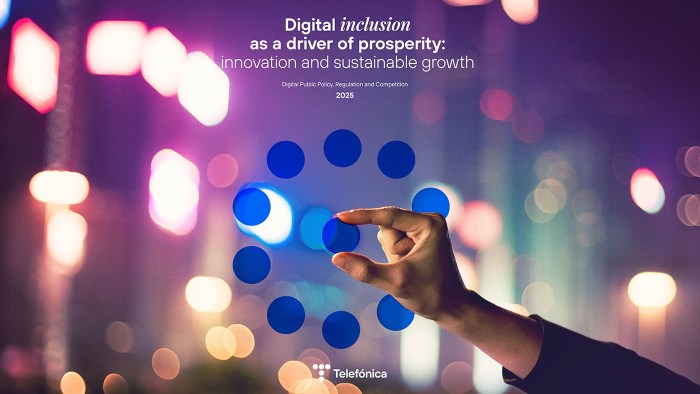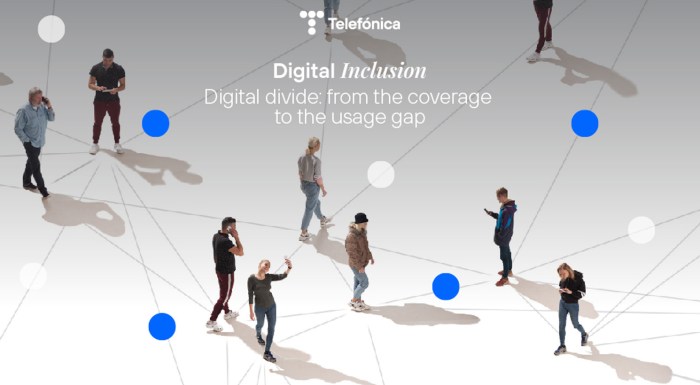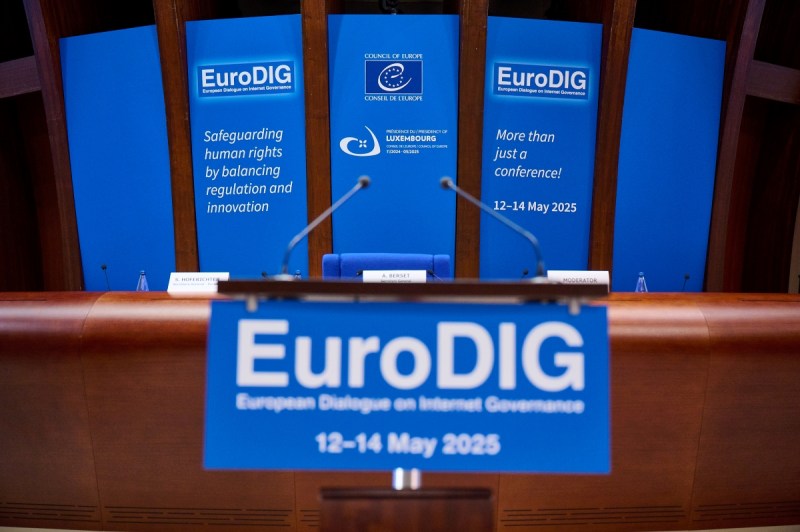Bridging the digital gap
Digital innovation and emerging technologies are transforming the foundations of economic development and global well-being, creating opportunities for more equitable and sustainable prosperity. However, the rapid pace of this transformation poses a major challenge: adapting and integrating our societies into the digital age, ensuring their full inclusion.
In this context, digital inclusion is not just a technological challenge, but a prosperity challenge. It implies providing meaningful connectivity, i.e. a digital experience that enables all people and actors in society to participate in the digital economy and society. This requires bridging digital divides, boosting the development of the digital economy and strengthening digital trust.
High quality networks with adequate speeds, accessible digital services and essential digital skills are critical for this. In this respect, telecoms operators have a key role to play in building an inclusive digital future.
Digital Compass for an inclusive digital environment
For Telefónica, digital inclusion is a key priority. We have therefore developed a Digital Inclusion Compass that aims to strengthen public-private collaboration to close the digital divide.
The Compass focuses on the relevance of closing both the coverage gap (access to networks) and the usage gap, which includes factors such as digital literacy, affordability, and cultural, generational, gender and digital trust barriers. Against this background, recommendations are made to promote meaningful connectivity. It also presents digital inclusion as a driver of economic prosperity, with recommendations for extending the benefits of digitalisation across the productive structure. Inclusive digital innovation and digital skills are highlighted as pillars for transforming governments and businesses and creating an inclusive digital environment. In other words, an environment that integrates all actors in the digital economy: people, businesses of all sizes, public institutions, entrepreneurs and workers.
Digital Inclusion II
Digital Inclusion as a driver of prosperity: innovation and sustainability growth.

Digital Inclusion I
From the coverage to the usage gap.



